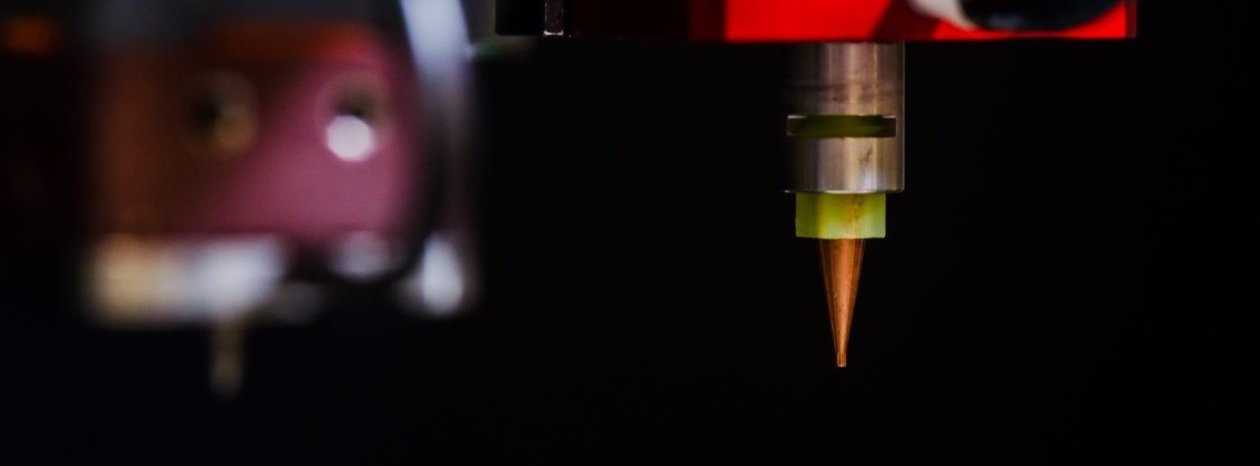Dispensing Thermal Interface Materials
By Jon Urquhart, Director – Global Applications Engineering, PVA
Automated dispensing of thermal interface materials, also known as “TIM”, has many challenges based on the material composition, target dispense amount, and desired process repeatability. To start, TIM products can have a consistency of grease to heavy paste. Making this more challenging is TIMs typically have a large percentage of fillers that can destroy fluid seals and shafts in traditional fluid pumps, leading to inconsistent dispensing and excessive pump maintenance and downtime. However, accurately dispensing these materials is not impossible. PVA has developed various tools, for accurately dispensing TIM materials, that are easy to operate and maintain. These systems handle multiple package sizes and provide a wide range of dispensed shot capabilities.
TIM applications that have a large shot size or high volume often require materials to be packaged in gallon size containers. End users that are unfamiliar with TIM materials may test pumps commonly used for other applications, for example applying silicone gaskets, and quickly learn that those types of pumps either have excessive wear on seals and shafts and start leaking, or the pump will seize up and completely stop working. The PVA-1GPU One Gallon Hydraulic Metering Pump is designed to pump TIM materials from 1-gallon straight wall steel pails to a carbide dispense valve. Based on a hydraulic press design, the unit extrudes fluid from the pail rather than pumping like traditional reciprocating or rod displacement type systems. It also has only one o-ring as a periodic replacement item, which keeps operation simple, and maintenance to a minimum.
Dispensing Thermal Interface Materials (TIMs)
Some TIM suppliers package in 20-32oz Semco® style cartridges which are convenient for handling, however, the high viscosity of many TIM products are so thick that they will not dispense using air pressure alone. The PV202K-TCM Cartridge Drive System (20oz) uses a servo drive with a formed plunger to mate with the cartridge piston to push TIM from the cartridge out to the dispense valve. This design generates higher pressures than available from compressed air, which provides a good flow rate and fully supports the cartridge exterior to prevent it from leaking under high pressures. The linear servo drive provides consistent and programmable flow rates with overpressure monitoring to create a fault if there is a blockage in the system. If using 2-part materials, a dual servo drive is used and also provides programmable ratio control for a given flow rate.
For dispensing small volumes of semi-flowable TIM grease and pastes with high accuracy, the VPX-450 Volumetric Pump is a small, servo driven, volumetric pump that can be mounted directly
to the robot. This pump uses the progressive cavity principle to displace fluid through the unit without damaging sensitive fillers and flow rates can be programmed from 0.004 – 6.0 ml/min for dots or continuous dispensing. Comparable dispensing pumps may use an auger, which can cause excessive shear of the fillers, or a rod/piston displacement type design which has limitations on continuous dispense amounts and may have multiple seals to wear out. TIM can be supplied in syringes or cartridges mounted directly to the unit or supplied from external pumps, like the PVA1GPU.
With their thick viscosity and potentially harmful fillers, Thermal Interface Materials (TIM) may seem challenging to dispense. However, companies, such as PVA have developed systems that not only accurately dispense TIMs from multiple package sizes, but they are also easy to operate and maintain.

